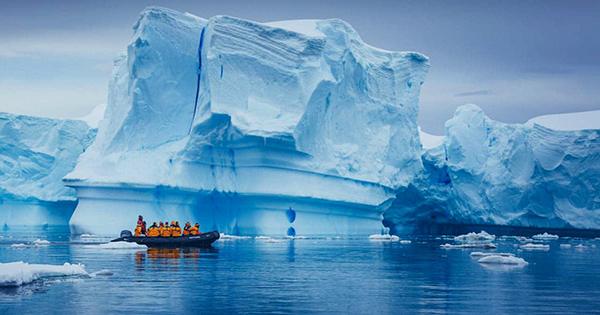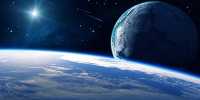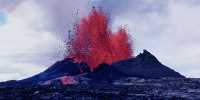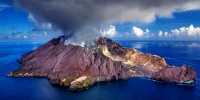Antarctica is often presented as a landmass where human presence rarely leaves a mark, Discovered over 200 years ago. Researchers have now created an extensive record of human activity on the southern continent and have observed that human activity is expanding in many areas that are important for biodiversity.
The team collected an incredible amount of information covering the entire recorded history of the continent, as reported in Nature. They showed that 99.6 percent of this continent is still wild, but only 32 percent of the areas free from human intervention.
Co-author Dr. Bernard Coetzee, from the Global Change Institute at the University of the Witwatersrand, said in a statement, “We recorded 2.7 million human activities on the Antarctic continent from 1819 to 2018 to determine the number of coastal areas and the extent of its overlap with the continental biodiversity.”
“In an area that we used to consider almost like a remote area, we have shown that in reality, human activity has increased significantly, especially in the ice-free and coastal areas where most of its biodiversity is found. This means that ‘desert’ regions do not capture many of the continent’s most important biodiversity sites, but there are opportunities to preserve the end of the wild.”
When we think of Antarctica, our minds are immediately drawn to penguins, and still, only 16 percent of their habitat and many other birds are internationally protected, with many tourist and research centers overlapping important areas for biodiversity. Some of the continent’s risks are uninterrupted, such as growing infrastructure and vegetation. Others are less polluted, such as contamination, microbial contamination, and the spread of native and exotic species.
Lead author Rachel Leahy, a graduate researcher in the Monash School of Biological Sciences explained, “While the situation does not seem promising at first, the results show that there is ample opportunity to take swift action to declare new protected areas for the conservation of both the wilderness and biodiversity.”
This work considers only the direct actions of the people of the continent, not the indirect human impact from pollution, the depletion of the ozone layer, and the resulting climate crisis. The work should not be delayed any further and the members of the Antarctic Treaty are advised to have the skills and means to protect the frozen continent. These members encourage the expansion of evidence-based protected areas and can help Antarctica rethink how to balance the continent’s science and tourism facilities with the need for protection before it’s too late.
















